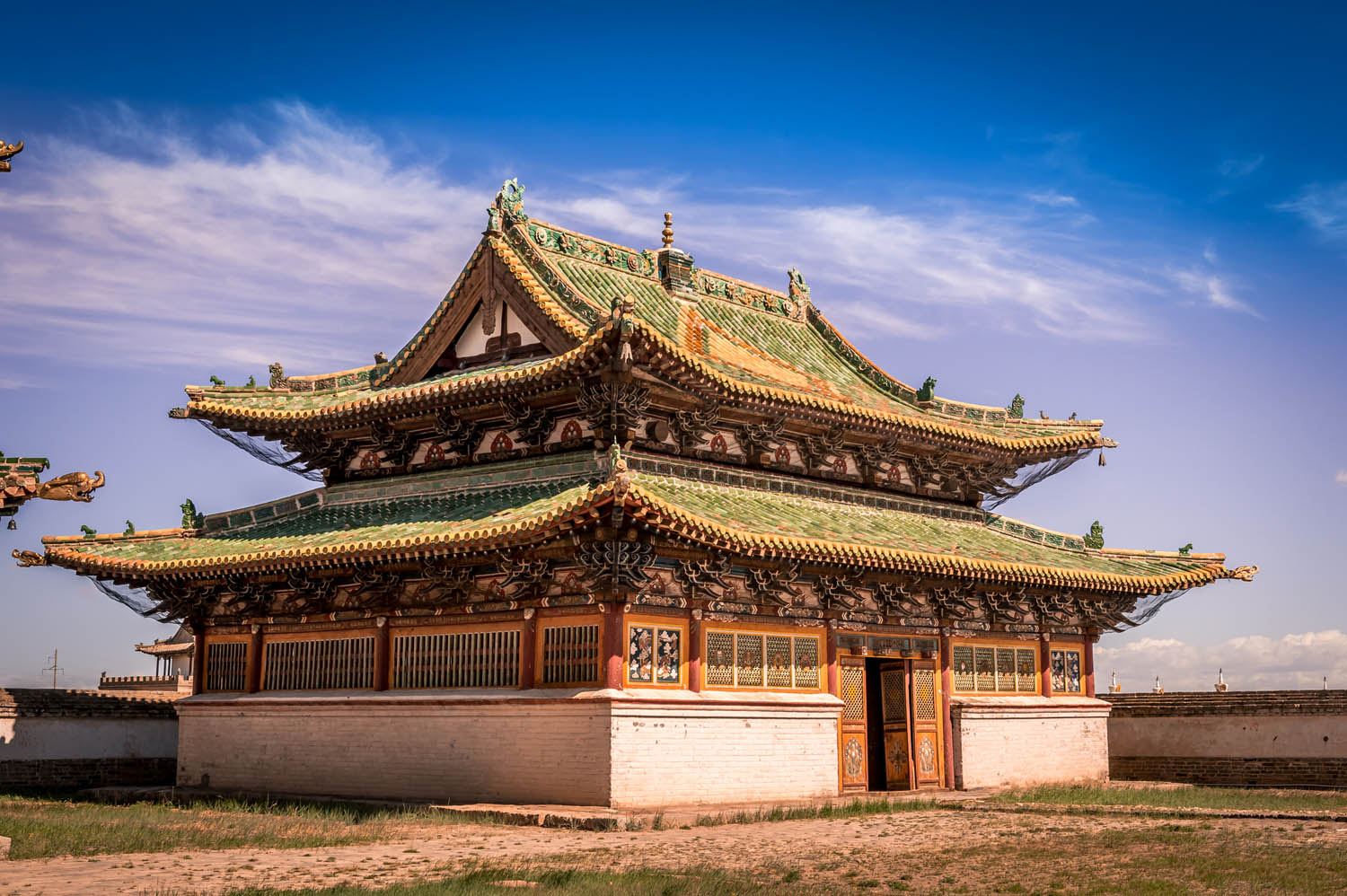
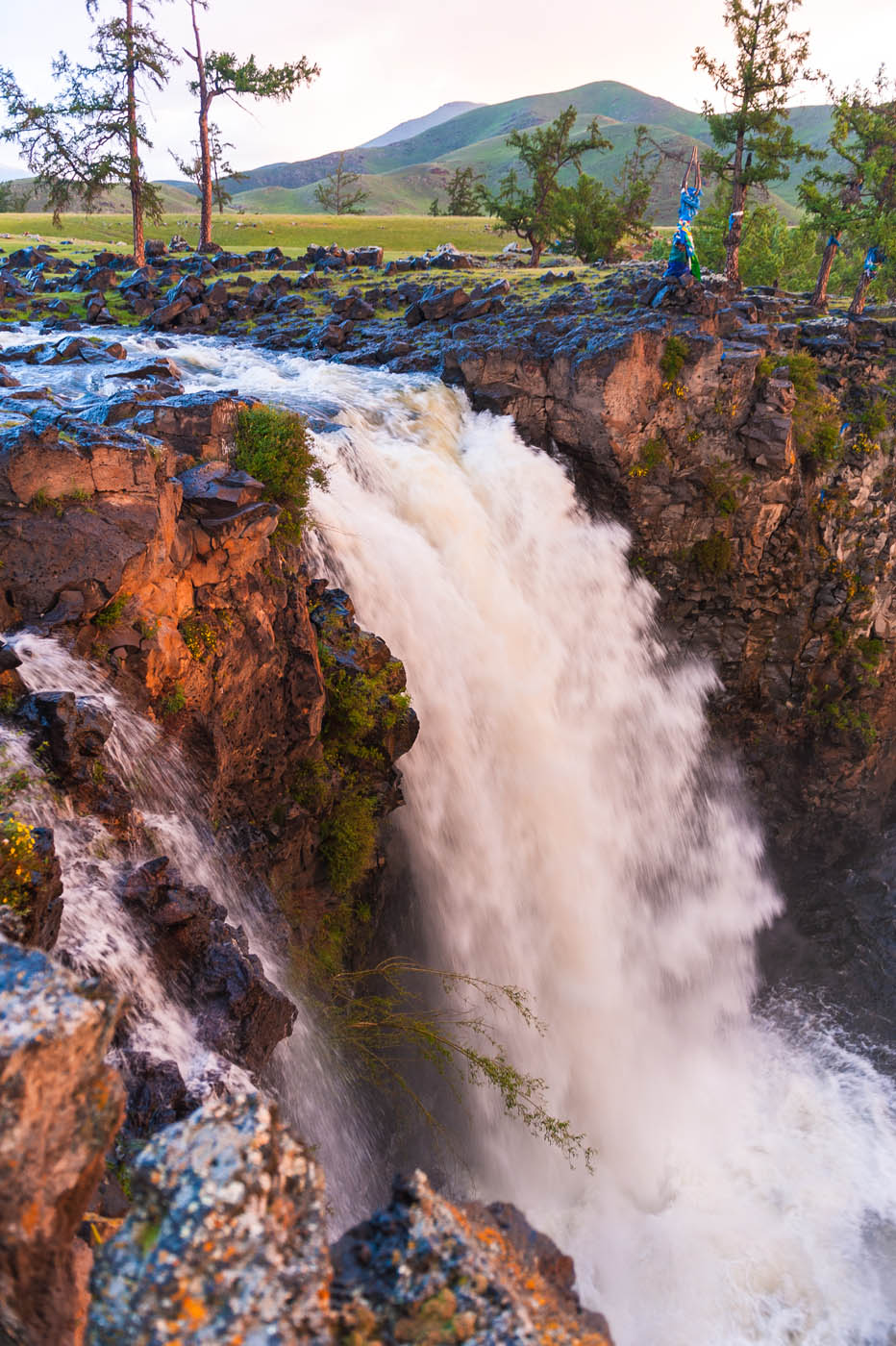
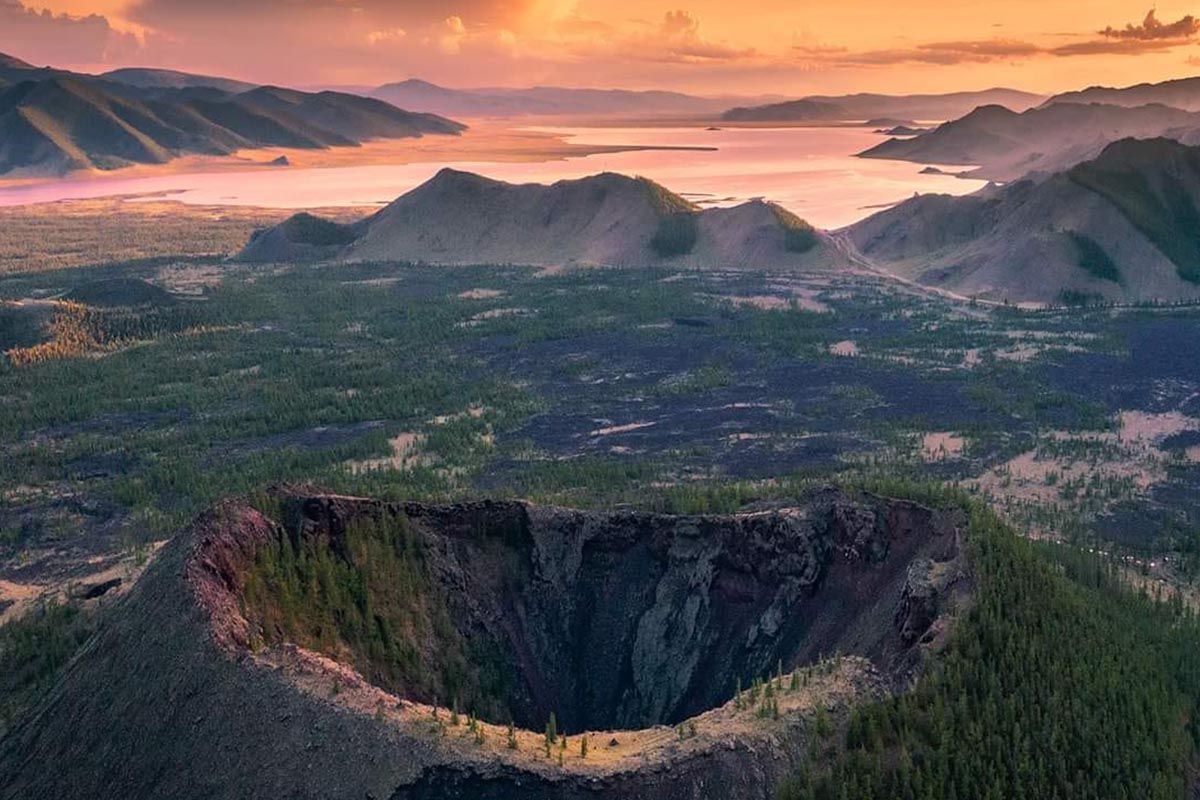
Khorgo-Terkhiin Tsagaan Nuur National Park covers the picturesque Terkhiin Tsagaan Lake and the nearby Khorgo Mountain (a recently extinct volcano) in the north central khangai Mountains of Mongolia. The marshes along the west end of the lake are an important breeding and staging area for birds. The park is located in Tariat District of Arkhangai Province. Area is surrounded by beautiful scenery of mountains, cliffs, rapid rivers, lakes, fantastic caves, green forests and pastures.

Tsenkher hot springs are located 30 km south of Tsetserleg city in a beautiful forested mountain valley in Arkhangai province. The +90″C hot spring water is supposed to have healing and relaxation properties. There are number of tourist camps and resorts.
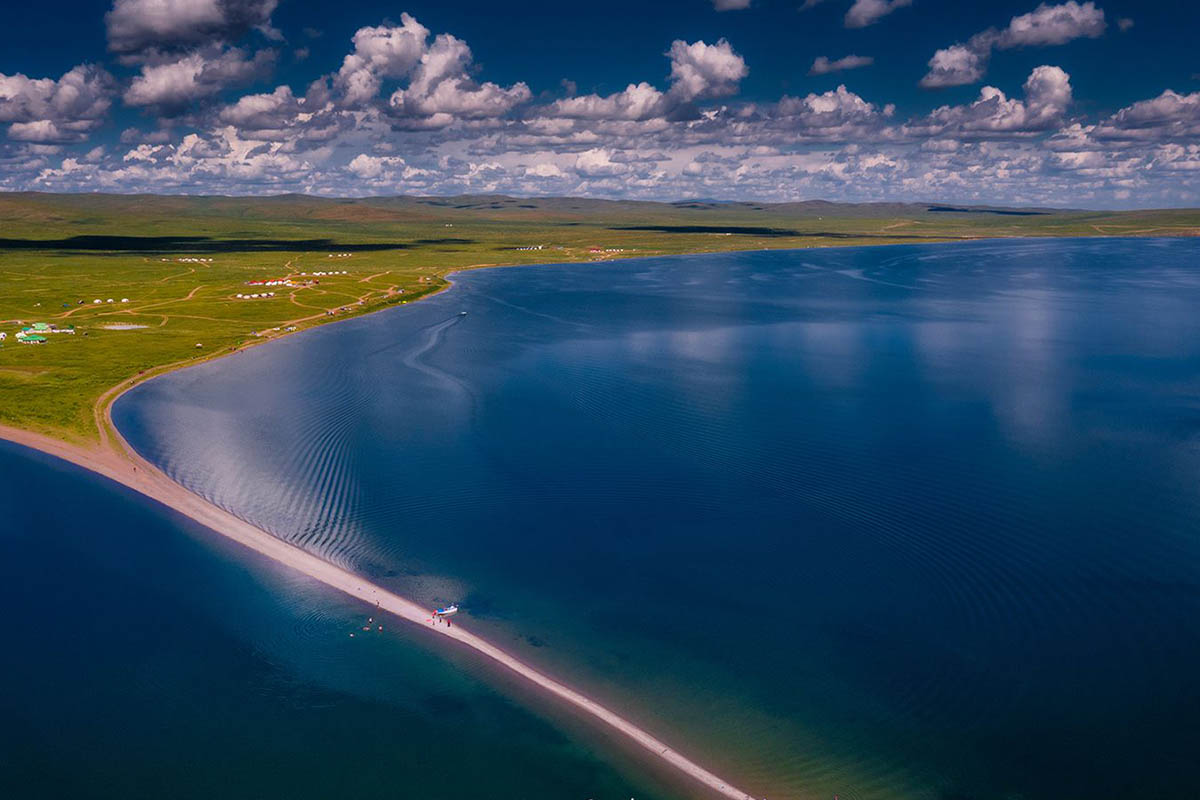
Ögii Lake is a freshwater lake, 7.9 km long, 5 km wide located in eastern Arkhangai, in central Mongolia. The lake, designated as a Ramsar Site of International Importance, is known for its fish and for birdlife. It is a stopover point for migrating waterbirds of the family Anatidae. Almost half the lake is less than 3 meters (10 ft) deep. .
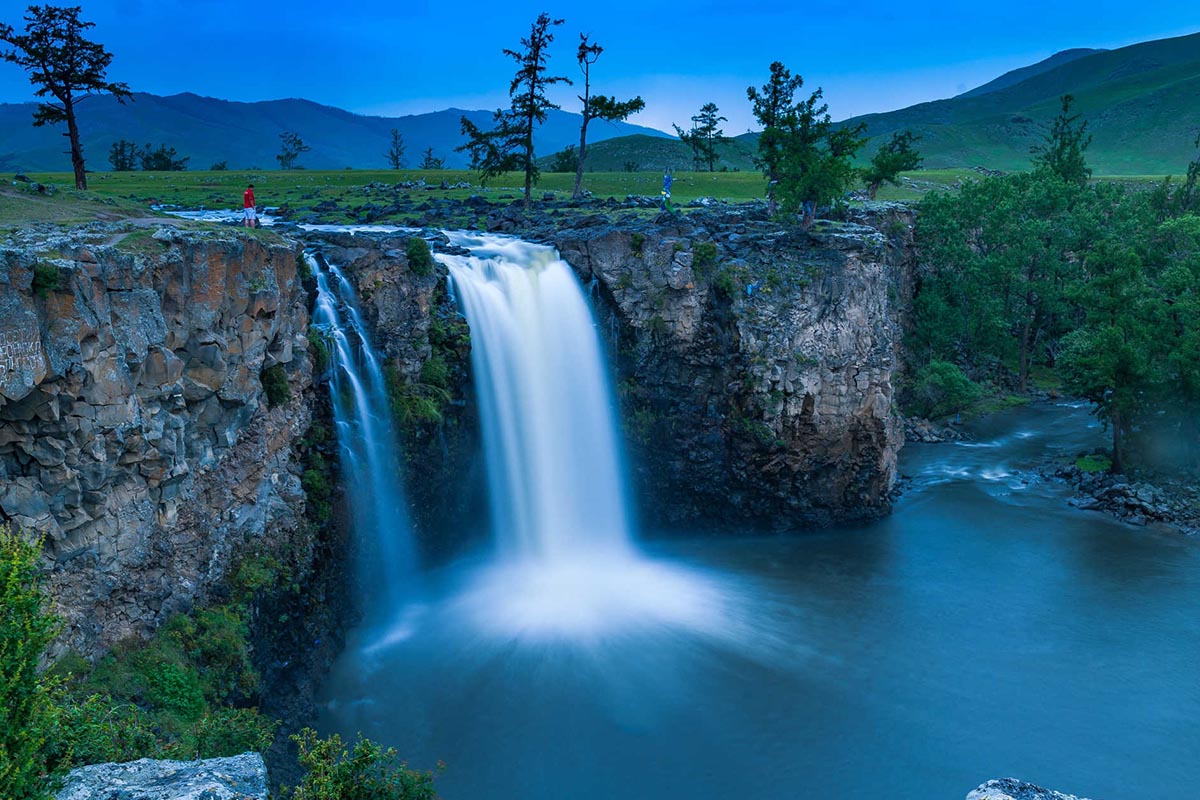
Orkhon Valley Cultural Landscape sprawls along the banks of the Orkhon River in Central Mongolia, some 320 km west from the capital Ulaanbaatar. It was inscribed by UNESCO in the World Heritage List as representing the development of nomadic pastoral traditions spanning more than two millennia. Orkhon waterfall is one of the most visited tourist attractions in Central Mongolia. The height of the waterfall is about 20m (65 feet).
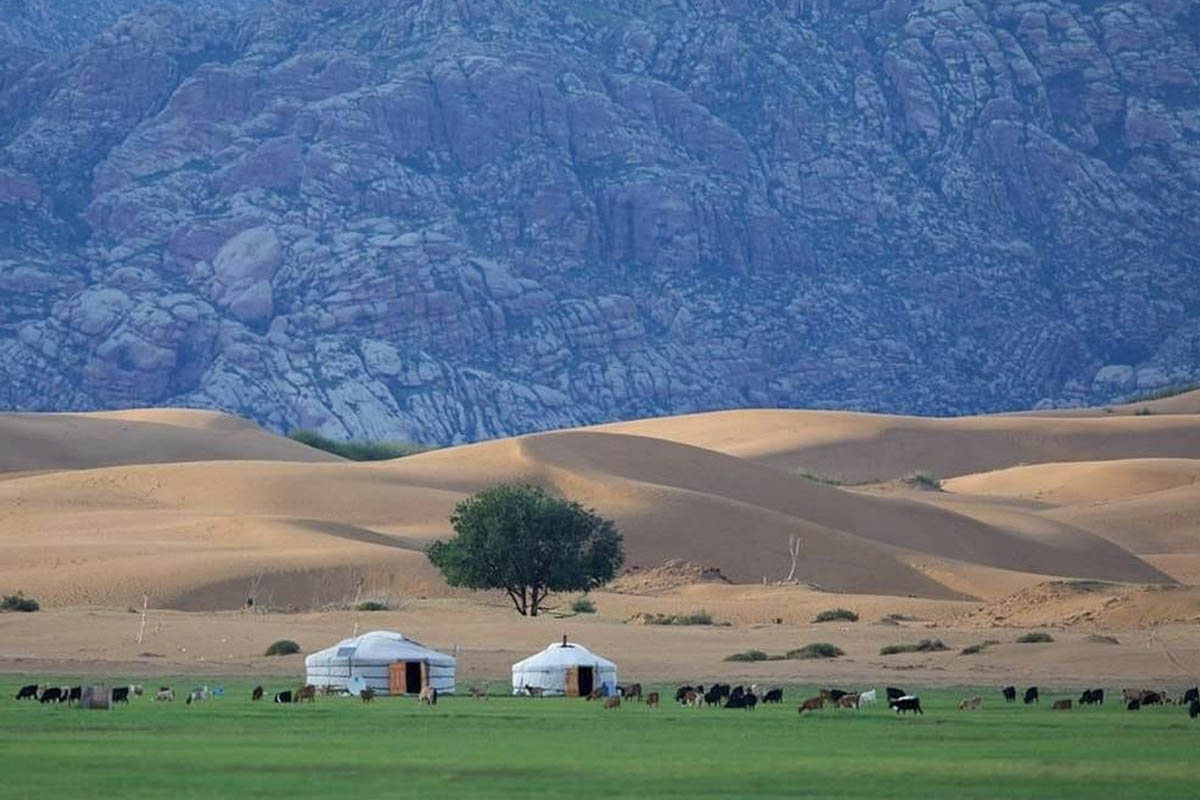
Elsen tasarkhai is part of Mongolia’s sand dunes, which stretches along Tuv, Uvurkhangai and Burgan provinces. The dunes are 80km long. The widest part of the dunes is located in the Ikh Mongol Mountains and covers an area of 9-10 km2.
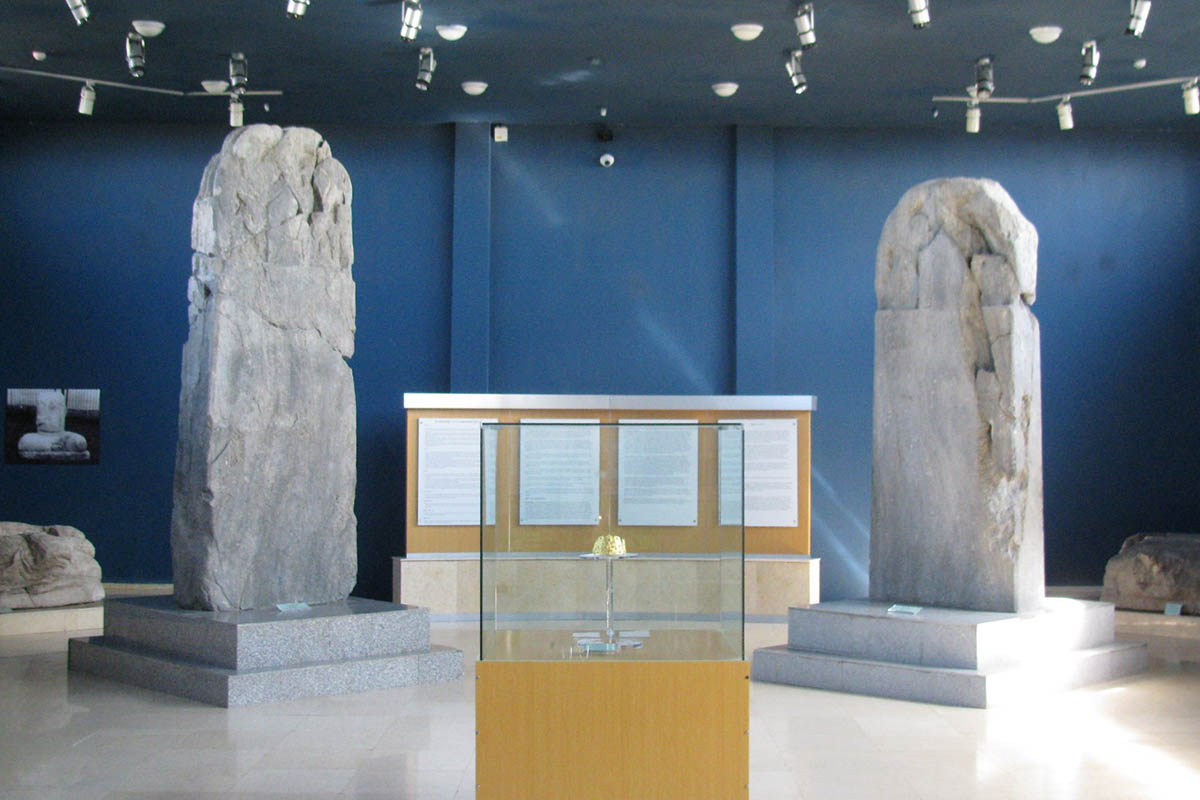
This museum was built in 2010 by resolution of Mongolian Government. Khushuu Tsaidam Monument to Bilge Khaan and Kul Tegin, dated back to 732 AD, were found 47 km to the northwest of Kharkhorin, part of the Orkhon Valley Cultural Landscape UNESCO world heritage site. This collection of historical heritage includes stone monuments with runic inscriptions, stone turtles, human statues and other relics. Both monuments were dedicated to Turkish Khans who ruled Mongolia between the 6th and 8th century.
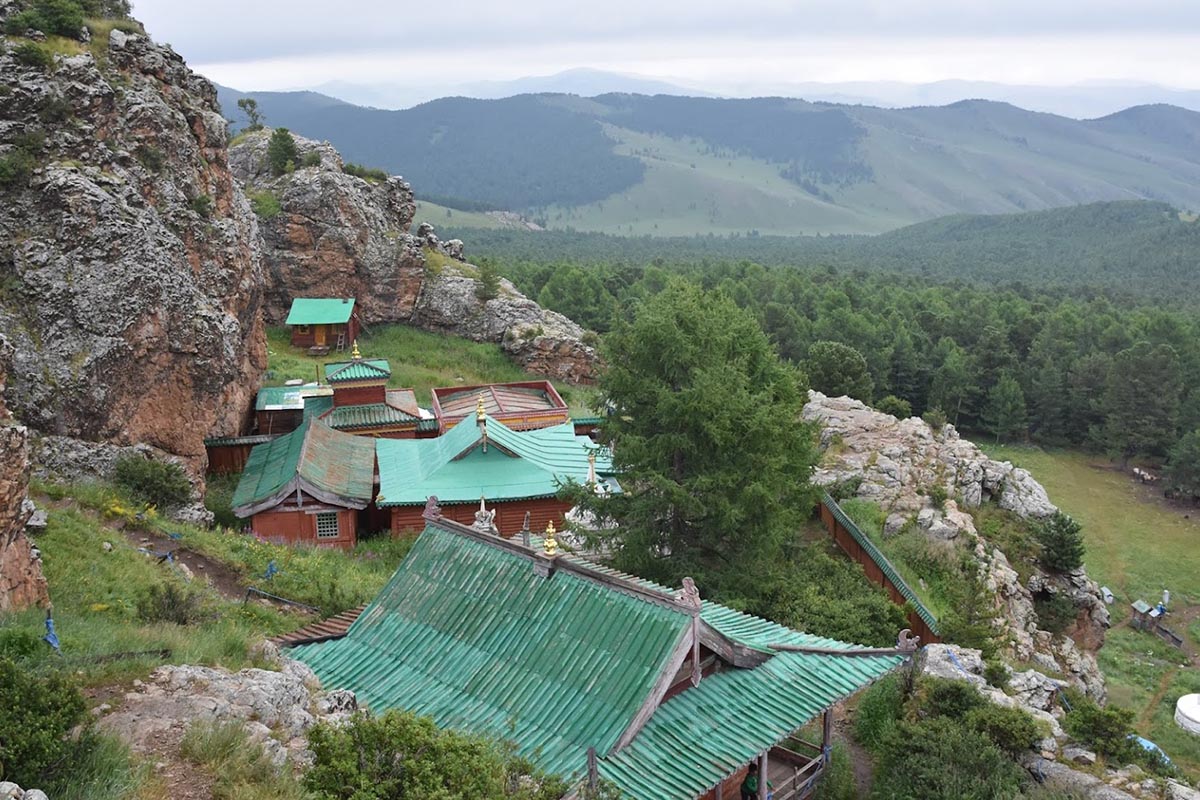
Tövkhön Monastery, one of Mongolia’s oldest Buddhist monasteries, is located on the border of Övörkhangai Province and Arkhangai Province in central Mongolia, about 47 km (29 mi) southwest of Kharkhorin. Tövkhön Monastery was first established in 1648, by the 14-year-old Zanabazar, the first Jebtsundamba Khutuktu and spiritual head of Mongolian Tibetan Buddhism. He determined that the location on the Shireet Ulaan Uul mountain, overlooking a hill at 2,600 meters above sea-level, was an auspicious location. The first physical structures were built upon his return from studying in Tibet in 1653. While there he created many of his most famous works. It was also where he developed the soyombo script.
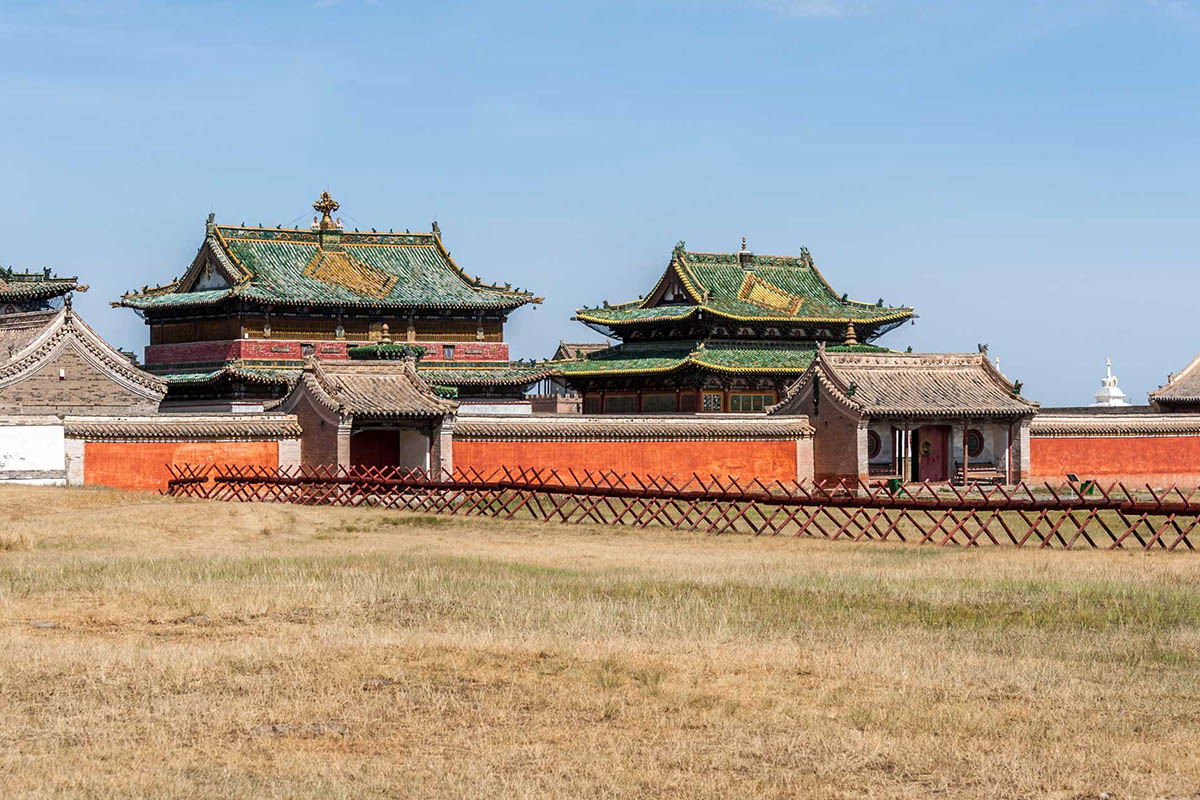
Karakorum was the capital of the Mongol Empire between 1235 and 1260 and of the Northern Yuan dynasty in the 14–15th centuries. Its ruins lie in the northwestern corner of the Övörkhangai Province of modern-day Mongolia, near today’s town of Kharkhorin and adjacent to the Erdene Zuu Monastery, the probably earliest surviving Buddhist monastery in Mongolia. They are part of the upper part of the World Heritage Site Orkhon Valley.Kharkhorin. The monastery is still active, and there are temple museums and buildings where monks live and pray.